History
The Fokker M.8 was designed just before World War I as a two seat scout. It had not flown yet when orders were made because of the outbreak of the war. Production start just after war has started. The first order was for more than forty aircraft. because of lack of production capacity this was a problem.
The first M.8 was delivers in October 1914. In December 1914 ten aircraft were operational. In June 1915 fifteen aircraft of this type were operational. At that time this time was withdrawn from front and used as training aircraft.
Because Fokker was not able to produce enough aircraft, so at the Halberstadt Flugzeugwerke Gmbh. a series of Fokkers M.8 were built under license. These aircraft were designated Halberstadt F.14; the German army designated these aircraft as Halberstadt A.II.
The fuselage of the Halberstadt version was of a wooden construction, whereas the Fokker machines had a fuselage of welded steel tube, covered with linen.
Further no wind screens were applied and a small hole in the sides of the fuselage was made, whereas the Fokker machines had a stirrup made from steel tube.
Compared with the former M.5L, which was still in production, the M.8 was a larger aircraft. Wing span was enlarged and the wings were broader. Fuselage was about 40 % broader. The fuel tank was situated between the engine and the pilot, a second tank was just behind the cockpit.
One of the general German demands was that aircraft must be simply to dismantle. This was because the aircraft were transported by train to the front.
| Dimensions: | |||
| Length: | 7,01 m | Wingspan: | 9,57 m |
| Height: | 2,75 m | Wing area: | - m2 |
| Weights: | |||
| Empty weight: | - kg | Max. start weight: | - kg |
| Performances: | |||
| Max. speed: | 135 km/hr | Climbing speed: | - m/min |
| Cruising speed: | - km/hr | ||
| Range: | - km | Service ceiling: | - m |
| Miscellaneous: | |||
| Engine type: | One Oberursel Ur-I rated 80 hp | ||
| Crew: | one | ||
| Armament: | - | ||
One example of this aircraft, a Fokker A.I (M.8) A20/16, which was in use at the (German) Fokker flying school, registered S.20, landed September 8, 1916 near Roosteren. Being revised, it made it first flight in Dutch service on September 21, 1916, registered LA-34.
February 22, 1917 it was bought for RM 10.000,- .
March 24, 1917 it was heavily damaged at Air base Soesterberg by lt. Duinker.
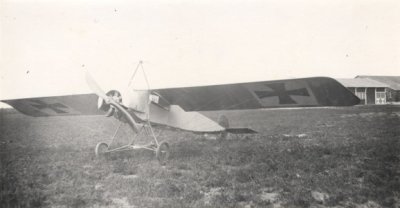
[Enclosed photo from BeeldBank NIMH. Click on photo for ordering information]

[Enclosed photo from BeeldBank NIMH. Click on photo for ordering information]

[Enclosed photo from BeeldBank NIMH. Click on photo for ordering information]
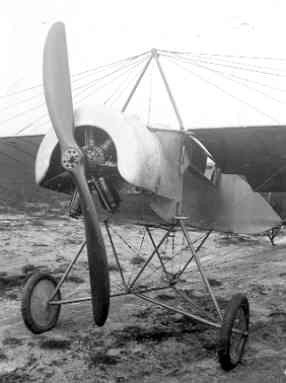
[Enclosed photo from BeeldBank NIMH. Click on photo for ordering information]
| Serial | Werknr. | Bestell nr. | Date in service | Date out of service | Notes |
|---|---|---|---|---|---|
| LA34 | 97 | 20/16 | 08-09-1916 | 24-03-1917 |
Scale 1/72
The Revell model of the Fokker E.III can be converted to a Fokker M.8. Length and wing span are the same, the wing area is of the M.8 is larger and also the height of the M.8 is larger than that of the Fokker E.III (Fokker M.14).
- --
- Kit --: --
Modelling add-on
- --
- Set --: --
Decals
- --
- Set --: --
Scale 1/48
- --
- Kit --: --
Modelling add-on
- --
- Set --: --
Decals
- --
- Set --: --
| Scheme | Colour name | FS number | BS-number | Humbrol | XtraColor | Vallejo Model Color | Vallejo Model Air | |
|---|---|---|---|---|---|---|---|---|
| Standard #1 | Fuselage | Wood | ||||||
| Wings etc. | Clear doped Linen | 121 | X005 | 70.819 | 71.028 | |||
Check www.paint4models.com for an extensive conversion table with lots of colour and paint systems.
Literature.
| Nederlandse Militaire Luchtvaart in Beeld. deel 1. | Hugo Hooftman | Pag. 36 - 37 | 1977 | Uitgever: Europese Bibliotheek, Zaltbommel |
| Fokker, Bouwer aan de wereldluchtvaart | Thijs Postma | Pag. 28 | 1979 | Uitgever: Unieboek b.v., Houten |
| KLu Vliegtuigen: De vliegtuigen van de Koninklijke Luchtmacht vanaf 1913 | Wim Schoenmaker & Thijs Postma | Pag. 15 | 1987 | Uitgeverij De Alk, Alkmaar |
| Aircraft Archive Aircraft of World War One; Volume 1. | Pag. 73 - 76 | 1989 | Uitgever: Argus Books, Hempsted | |
| Air Enthusiast no.80 The Historical Aviation Journal: Unexpected Windfalls | Bart van der Klaauw | Pag. 54 - 59 | 1999 | Uitgever: Key Publishing, Stamford |
| Camouflage en Kentekens | J.Greuter e.a. | 1997 | Bonneville – Bergen (NH) | |
| Fokker, The creative years | A.R. Weyl | pag. 81-92 | 1965 | Putnam - London |
Websites.
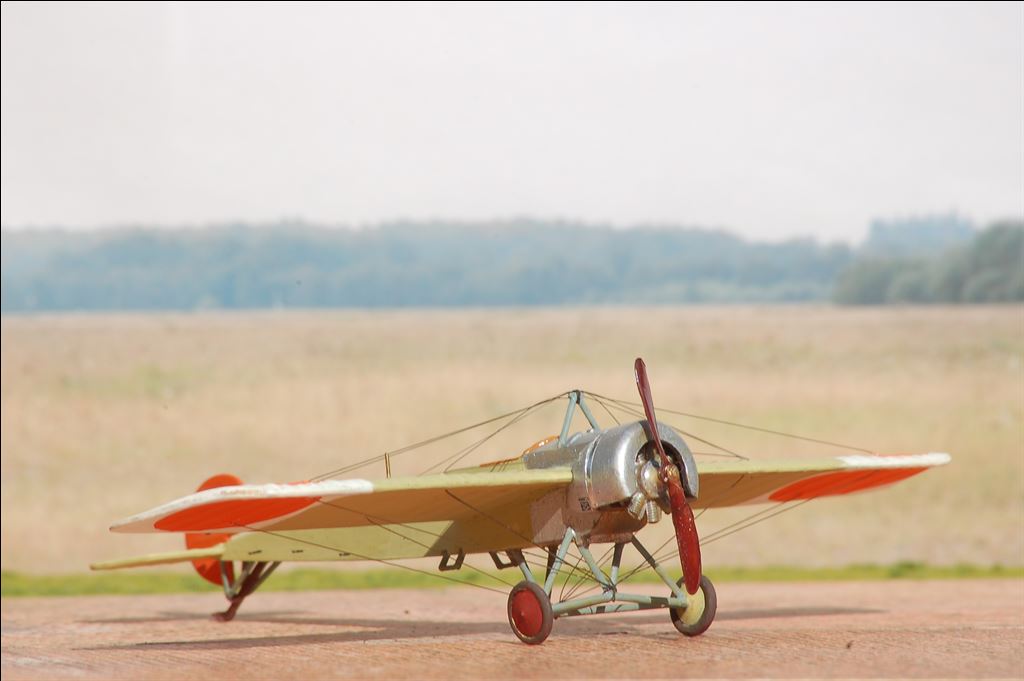
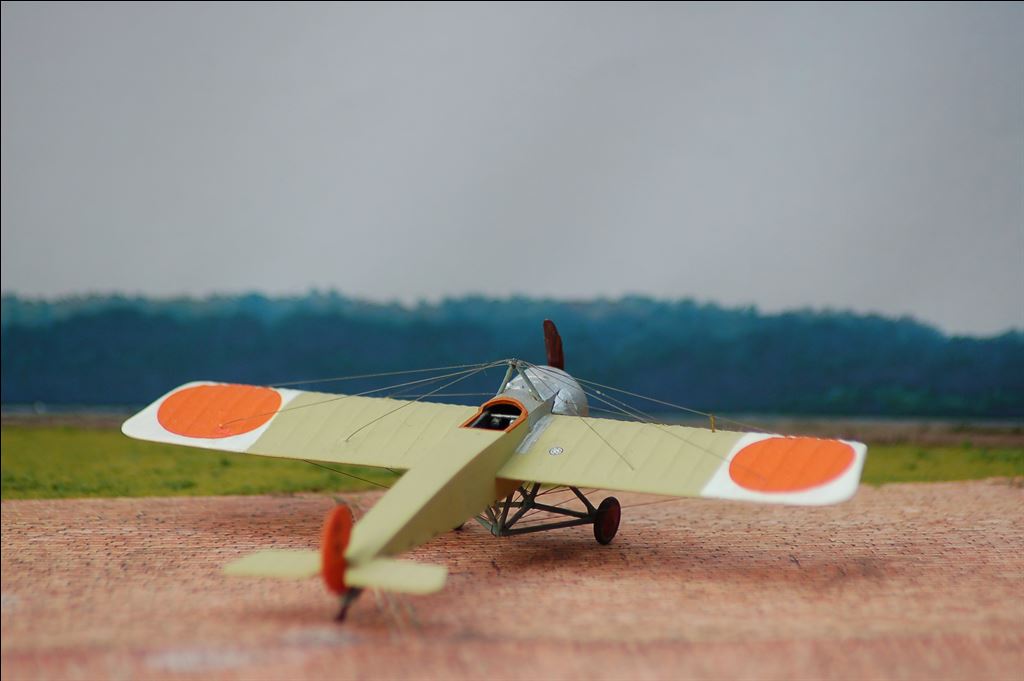
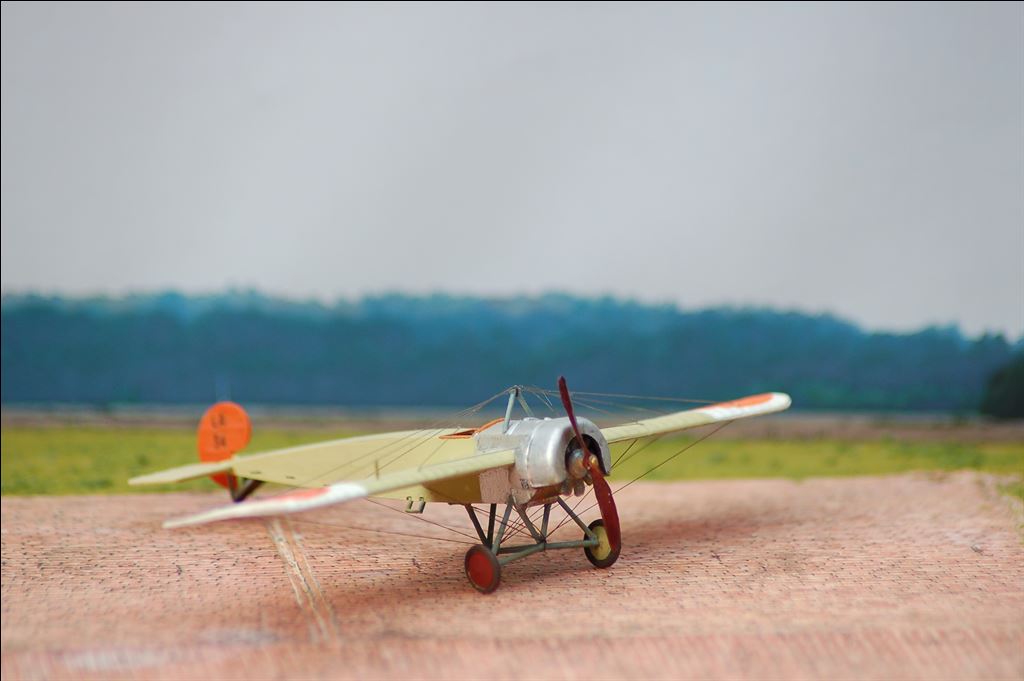
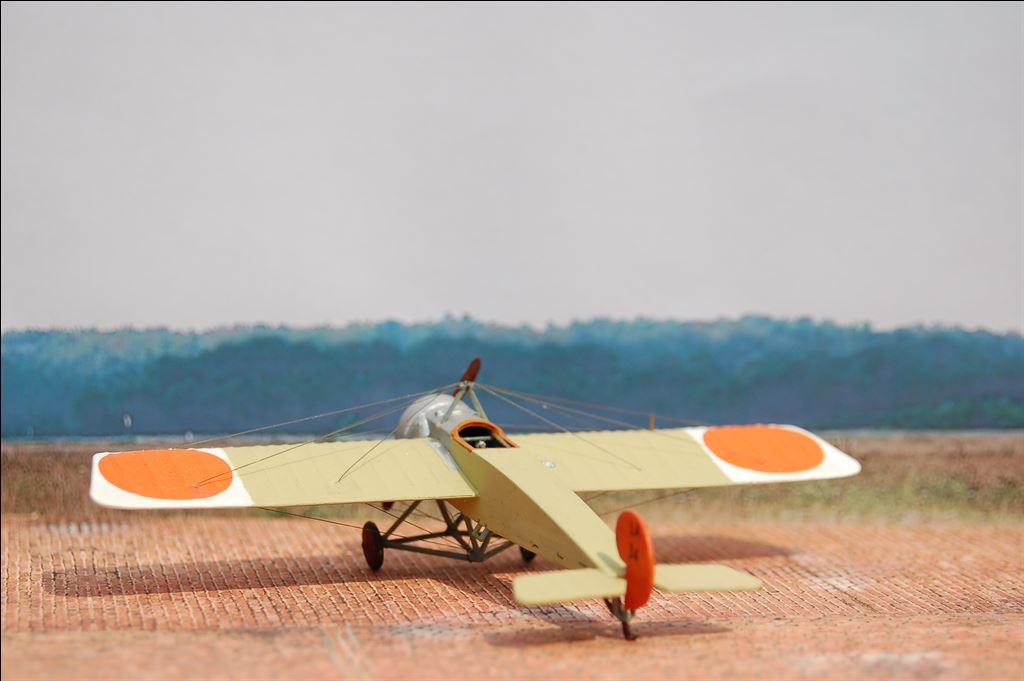
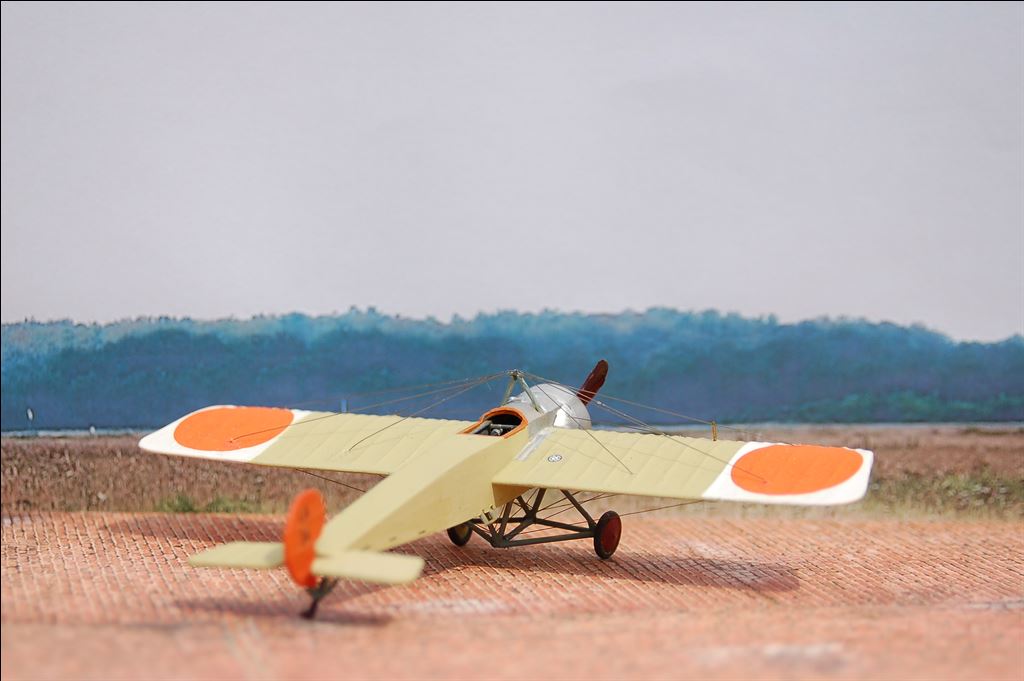
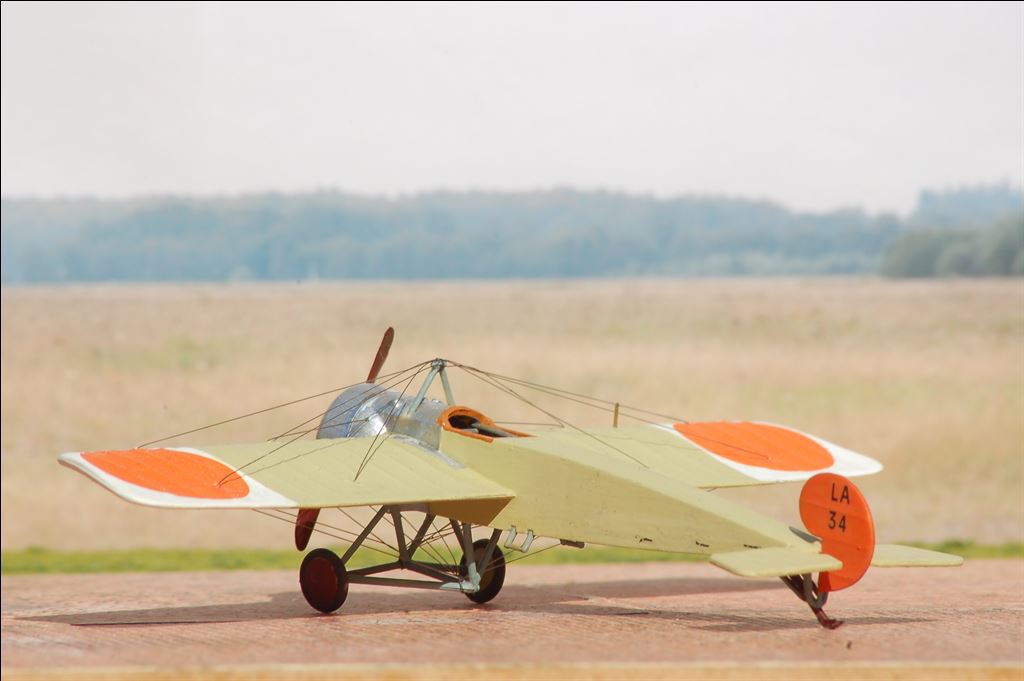
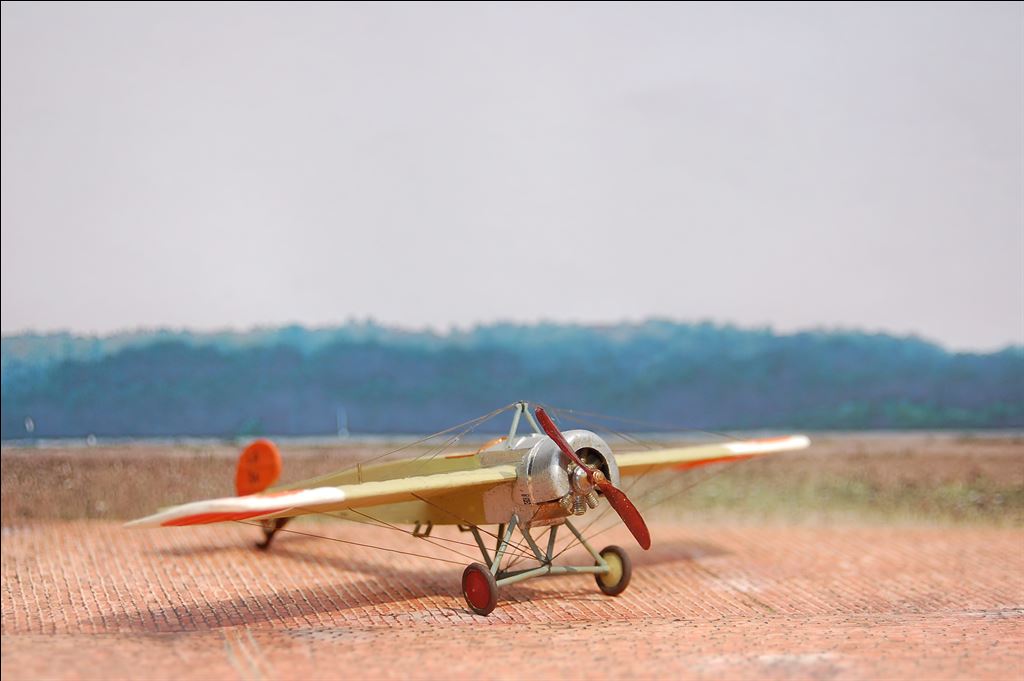
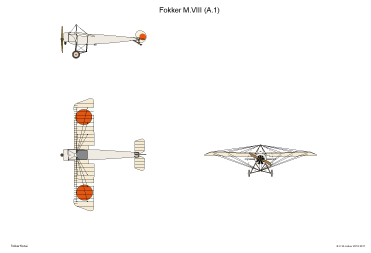
 Nederlands (nl-NL)
Nederlands (nl-NL)  English (United Kingdom)
English (United Kingdom)